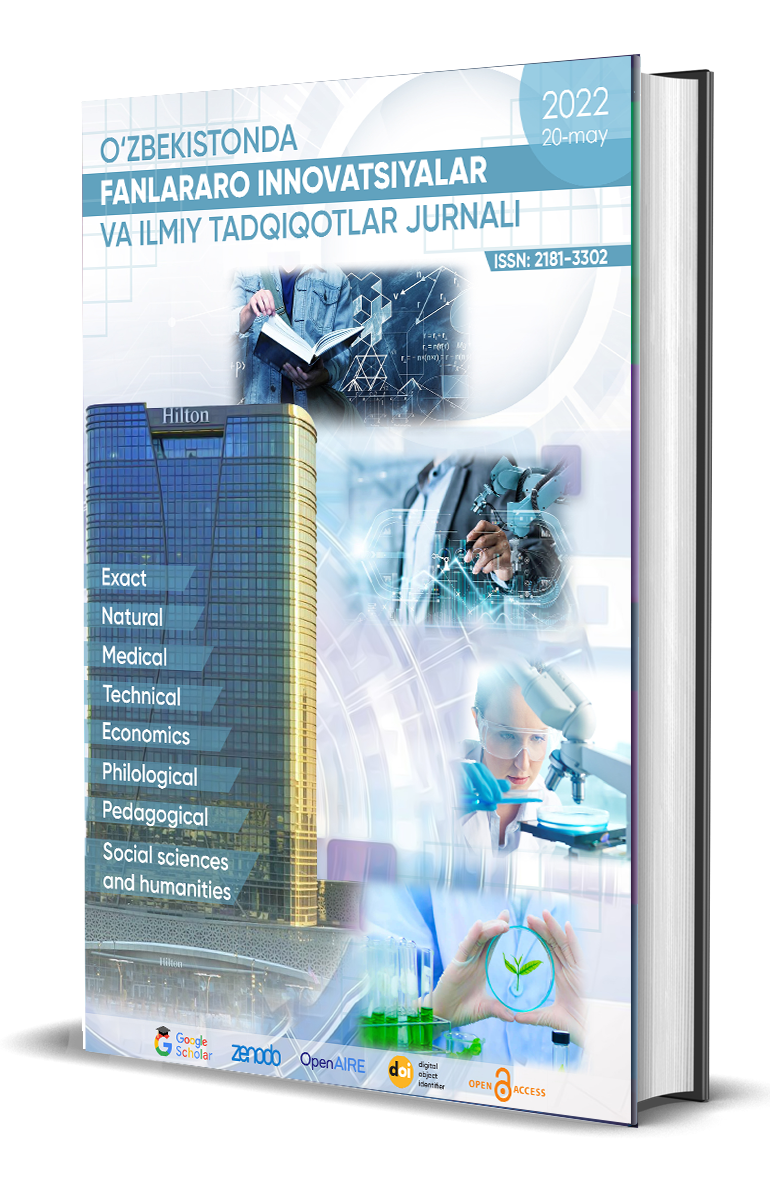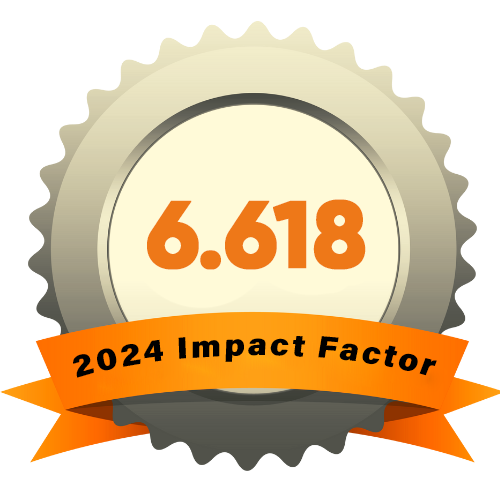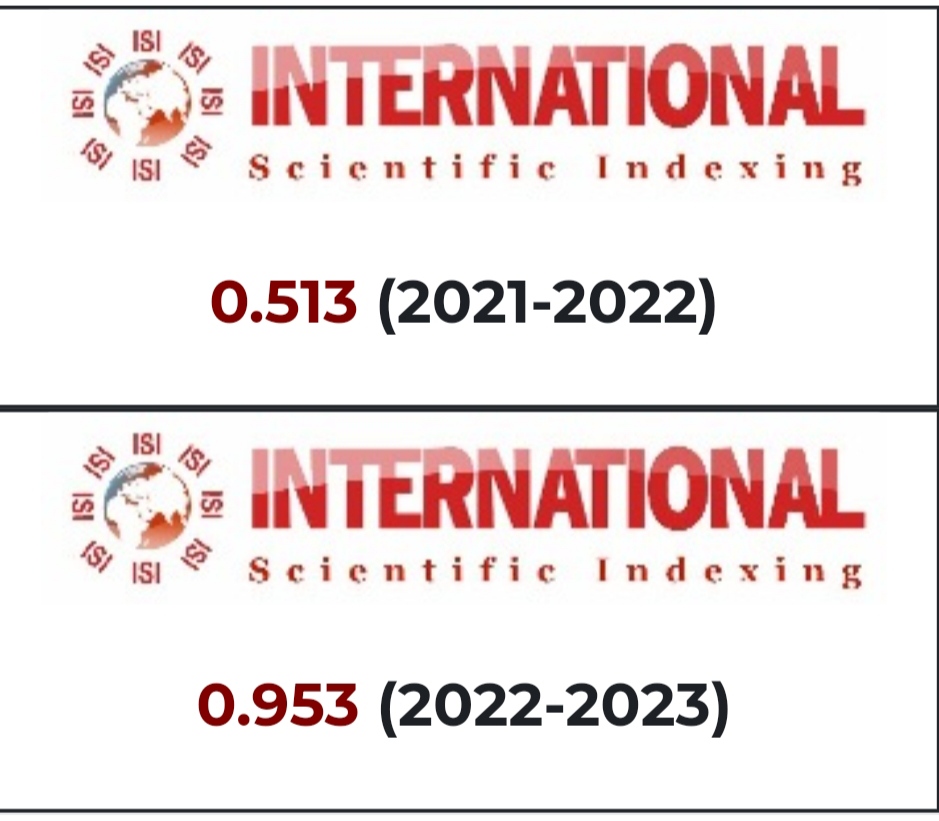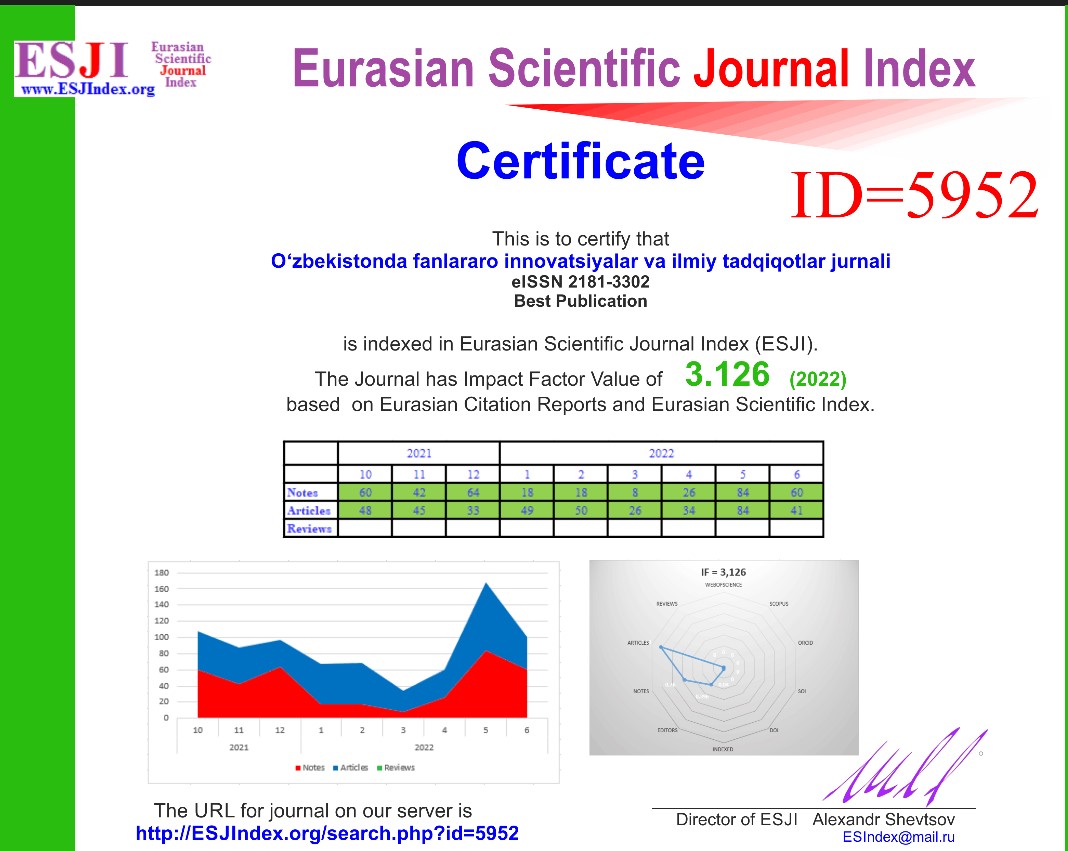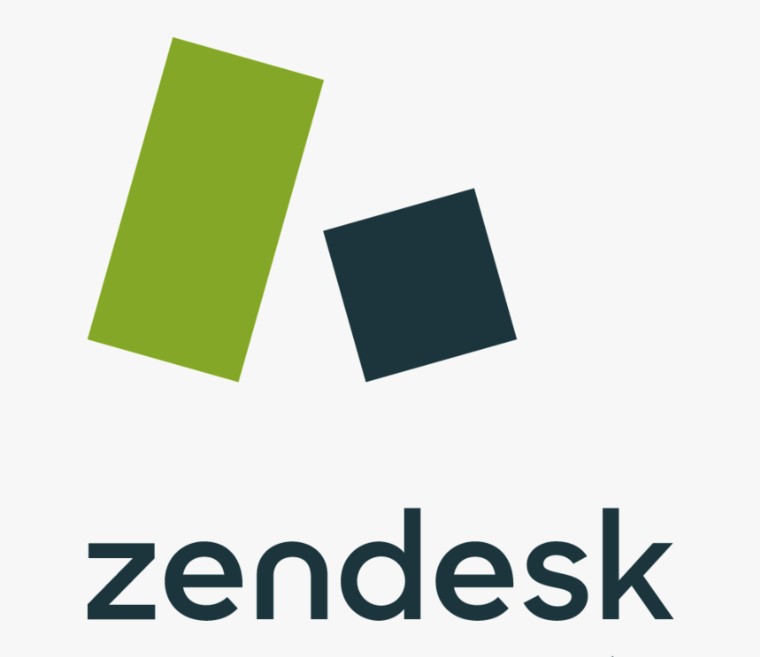THE PROFITS AND DRAWBACKS OF IMPLEMENTING ADVANCED TECHNOLOGIES IN THE ENGLISH LANGUAGE LEARNING AND TEACHING.
Abstract
In today’s fast-paced world, state-of-the-art technologies play a crucial role in education, and both teaching and learning foreign languages are no exception. Digital literacy means the ability to use modern technologies and resources in an effective way, that is playing a vital role in a language instruction. Whereas, embodying digital competence in learning languages provides various benefits, it also offers some challenges for learners and teachers of EFL. This article reviews the main advantages and disadvantages of incorporating digital literacy skills into language education.
References
Lolayeva G.G (2022), “The role of modern technologies in teaching foreign languages”, https://doi.org/10.24412/2181-1784-2022-20-233-238
Becton Loveless (2024), “The importance of Digital Literacy in K-12” , https://www.educationcorner.com/importance-digital-literacy-k-12/
Toprakci,E. (2006). Obstaclesatintegration of schools into information and communication technologies by taking into consideration the opinions of the teachers and principals of primary and secondary schools in Turkey. Journal of Instructional Science and Technology(e‐JIST), 9(1), 1‐16.

